Best Practices Articles

The Future of Channel Sales
The world is rapidly changing around us, driven by many forces we all recognize: globalization, digitization and the rise of the middle class around the world. This is impacting channel sales in a profound way.
As per the Brookings Institution’s new report on the expansion of the global middle class, over the last 15 years nearly 2 billion people around the world joined the middle class in developing countries, and 2 billion more are expected over the next 15 years. Each of these new consumer is going to buy products and services from providers who are essentially channel partners for certain primary brands. This applies to an array of basic consumption segments, like automotive, healthcare, real estate, finance, entertainment and so on. Pick any vertical: Sellers within it will have to carefully consider how to reach this rapidly expanding consumer base. Most will rely on channel sales because it would require overwhelming investment to rapidly reach such a large base of consumers directly.
The developed world, as we know it today—primarily the G7 countries—has created highly functional solutions for consumers and businesses over the past 50 to 100 years. In many cases, the gradual rise of the middle class in developed countries allowed most primary brands to reach out to consumers and business customers via a direct model. However, now that developing countries are growing at a much faster pace, and the number of buyers will increase exponentially over the next couple of decades, many primary brands will have no choice but to embrace channel sales as their primary go-to-market model.
That said, the future of channel sales will depend not only on how many buyers show up to procure products and services, but also how they choose to buy. Many will buy via online retailers. Already, growth in ecommerce over the past decade, led by Amazon, has reached phenomenal levels. Amazon is the ultimate example of the power of a broad channel. Driving channel sales via Amazon locally or globally is very different from driving sales through a franchise network. The lesson here? If you are responsible for worldwide channel sales activities, you have to think in very broad terms.
In many cases, we can expect to see organizations rapidly organize around the new channel model. As channel sales becomes a major sources of revenue growth for most primary bands, we will see the age-old relationship-centric channel sales model change. The focus will shift to a more value-driven model. In fact, most enterprises have already moved into procuring solutions through a formal request for proposal (RFP) process, and this has virtually eliminated the relationship-centric model.
The days of hiring enterprise sales reps with a rich Rolodex of contacts are pretty much gone. RFP-based procurement has become standard, in part because enterprises want to ensure that there are no corrupt business processes during procurement, but also because enterprises are actually securing the best deal through procurement. But under this model, multiple bids by partners for the same deal—especially in the context of large enterprise procurement—becomes a pretty tricky proposition to support.
The point that I emphasize is this: In the not-so-distant future, channel sales will have to deal with the vast scale and unprecedented complexity of the channel. That means a primary brand may have no choice but to deal with a large retailer like Amazon, while at the same time a small group of solution providers may bundle the brand’s products to complete their engagement with their customer base. Understanding this go-to-market model will be critical for the success of channel sales, but so will investments in automation, market and customer research, and constant training and development of employees.
If you really want to understand the future of channel sales, I would suggest you consider the following primary forces: the rapid growth of the middle-class aka customer base, the highly diverse nature of channel partners, and the increasing complexity of the channel environment. Certainly, there will be many more opportunities than before, but to succeed you must build a channel sales organization that is process-, automation- and knowledge-driven, and is less focused on the one-to-one, relationship-centric model. Yes, relationships will always matter at a personal level, and it is hugely important to build an employee culture that has empathy at its core, because to err is human and every organization will make mistakes and may not always meet customer needs. However, at the end of the day, success will be achieved by a relentless focus on partner and customer value and the overall engagement experience—which again will be driven by process, automation and knowledge. A robust Channel Sales Automation platform such as ZINFI’s Partner Relationship Management (PRM) platform can not only facilitate ease the complexity of channel sales, but also substantially increase ROI.
For more information, please check this article.
Best Practices Guidebook
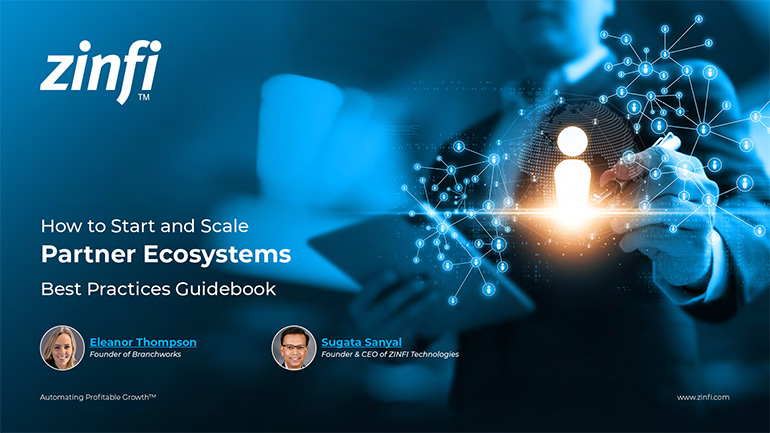 How to Start and Scale Partner Ecosystems Best Practices
How to Start and Scale Partner Ecosystems Best PracticesDownload Guide
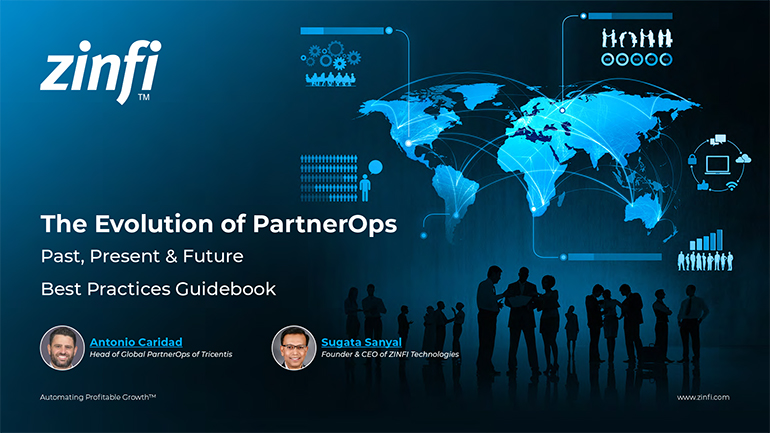 The Evolution of PartnerOps: Past, Present & Future Best Practices
The Evolution of PartnerOps: Past, Present & Future Best PracticesDownload Guide
 Mastering Channel Sales: Strategies, Best Practices, and Growth Tactics for 2025
Mastering Channel Sales: Strategies, Best Practices, and Growth Tactics for 2025Download Guide
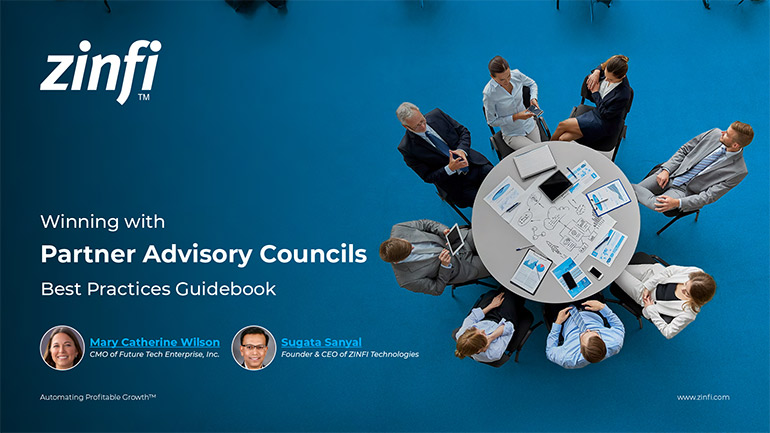 Winning with Partner Advisory Councils: Best Practices for Partner Engagement & Growth
Winning with Partner Advisory Councils: Best Practices for Partner Engagement & GrowthDownload Guide
 The Future of Partner Ecosystems Best Practices
The Future of Partner Ecosystems Best PracticesDownload Guide
 The AI Revolution: How Technology and Talent are Shaping the Future
The AI Revolution: How Technology and Talent are Shaping the FutureDownload Guide
 Top 105 Partner Management Metrics that Matter Best Practices
Top 105 Partner Management Metrics that Matter Best PracticesDownload Guide
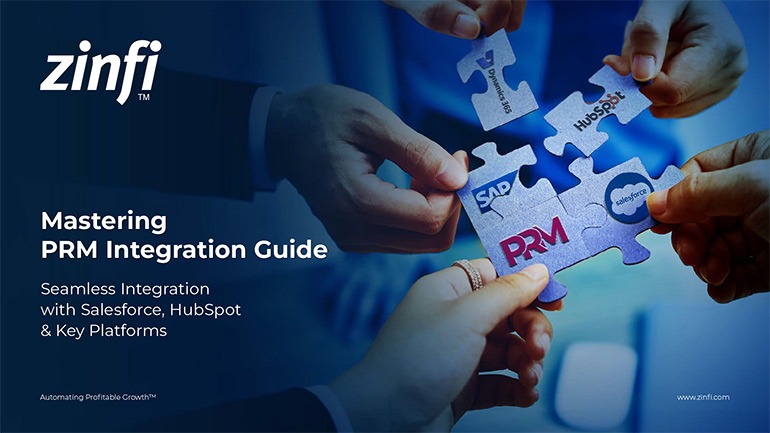 Mastering PRM Integration Best Practices
Mastering PRM Integration Best PracticesDownload Guide
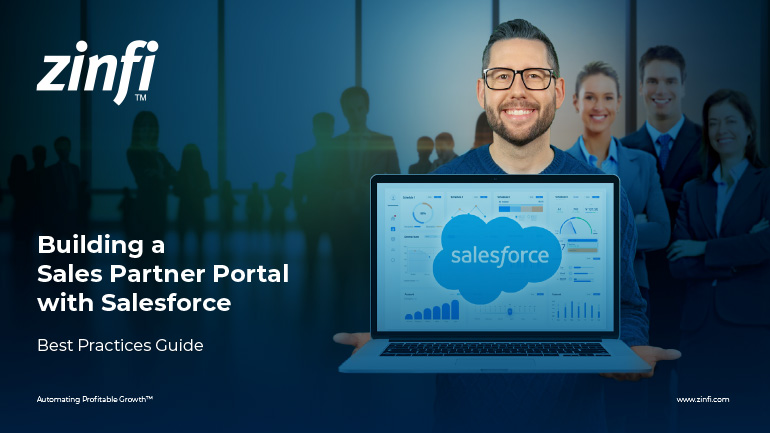 Building a Sales Partner Portal with Salesforce Best Practices
Building a Sales Partner Portal with Salesforce Best PracticesDownload Guide
 Building and Managing Partner Ecosystems Best Practices
Building and Managing Partner Ecosystems Best PracticesDownload Guide
 Mastering Co-Marketing and Co-Selling Best Practices
Mastering Co-Marketing and Co-Selling Best PracticesDownload Guide
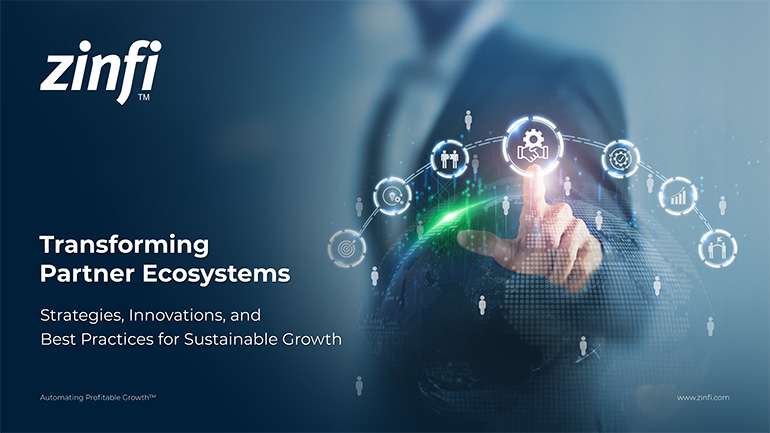 Transforming Partner Ecosystems Best Practices
Transforming Partner Ecosystems Best PracticesDownload Guide
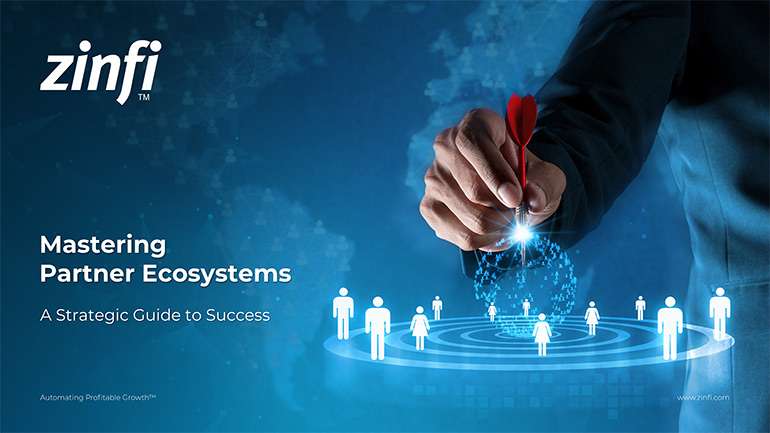 Mastering Partner Ecosystems Best Practices
Mastering Partner Ecosystems Best PracticesDownload Guide
 Mastering Partner Onboarding Best Practices
Mastering Partner Onboarding Best PracticesDownload Guide
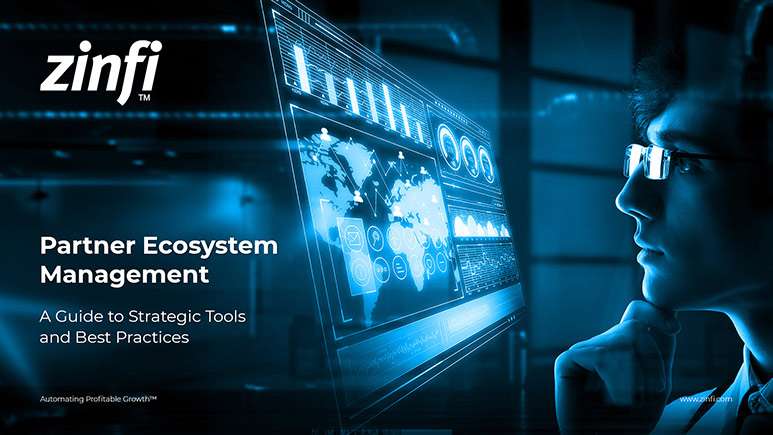 Partner Ecosystem Management Best Practices
Partner Ecosystem Management Best PracticesDownload Guide
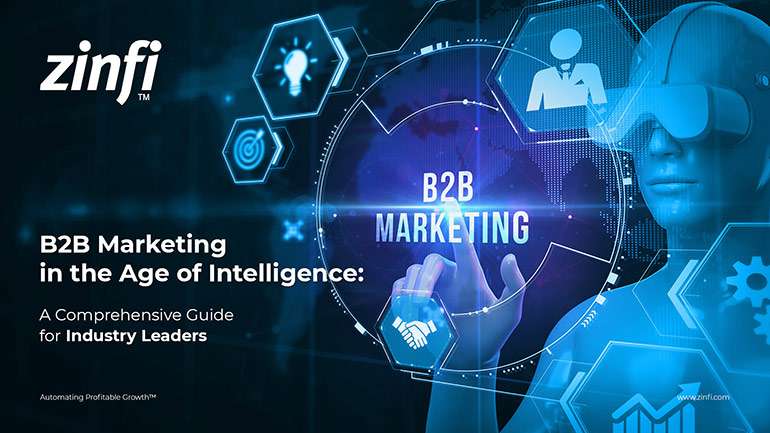 B2B Marketing in the Age of Intelligence Best Practices
B2B Marketing in the Age of Intelligence Best PracticesDownload Guide
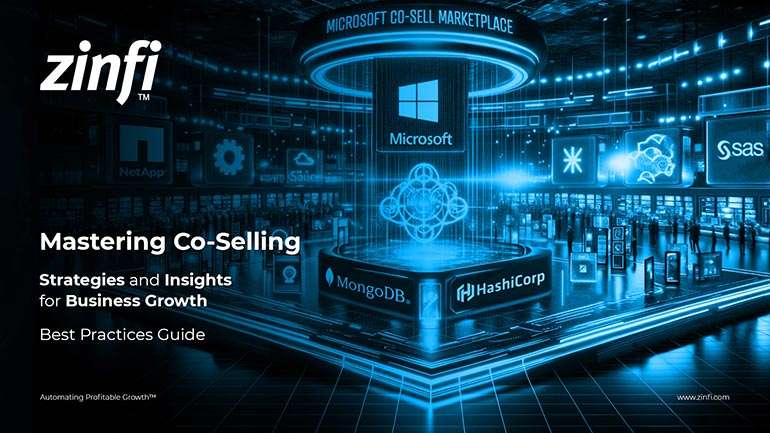 Multi-Partner Co-Selling Best Practices
Multi-Partner Co-Selling Best PracticesDownload Guide
 A Guide to Enhance Channel Sales Efficiency
A Guide to Enhance Channel Sales EfficiencyDownload Guide







